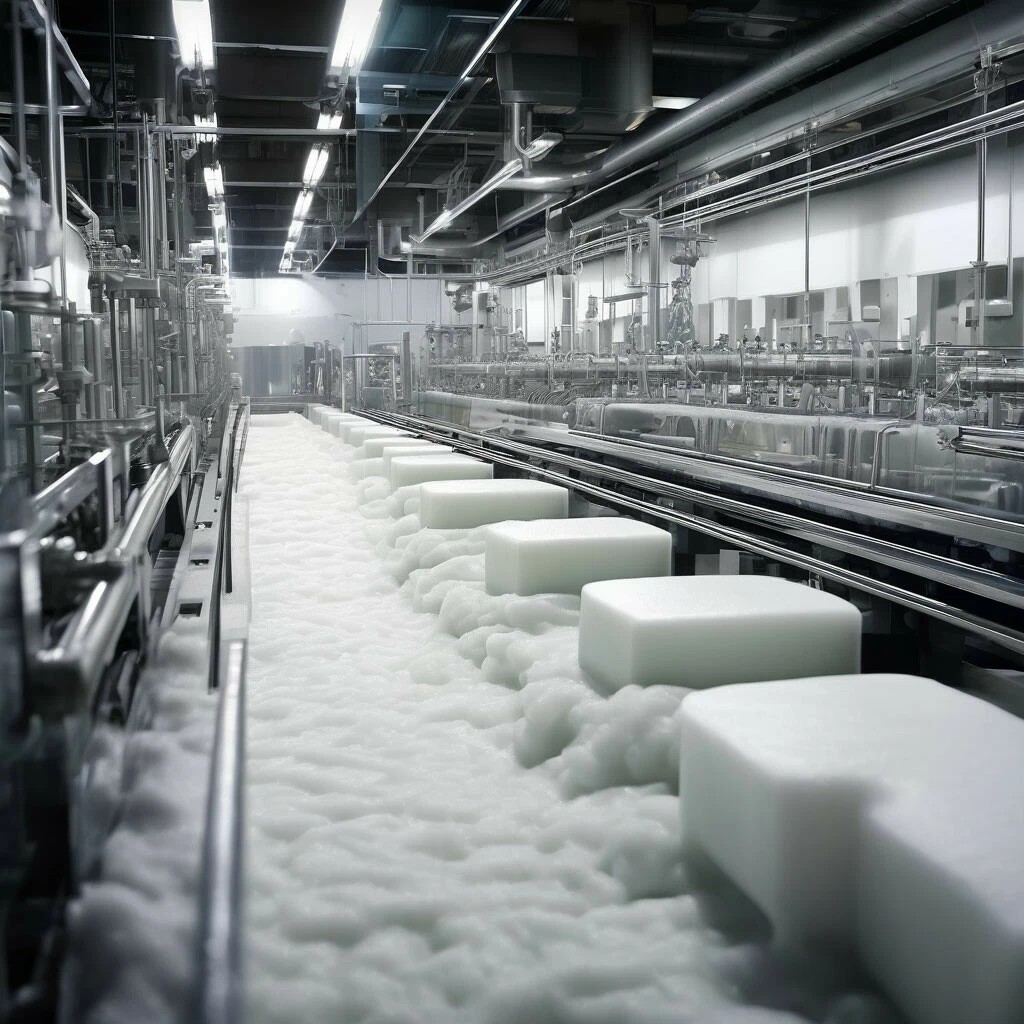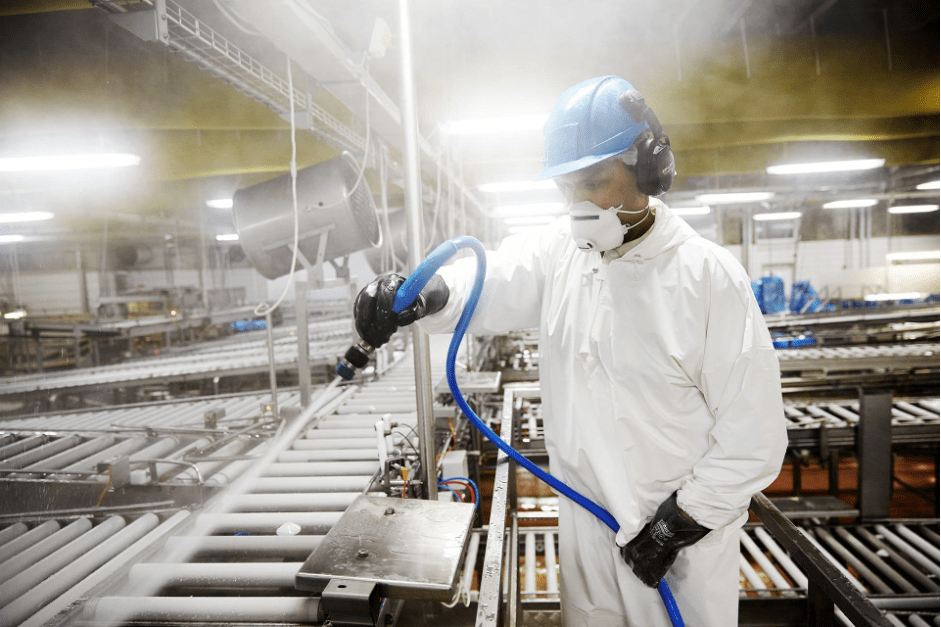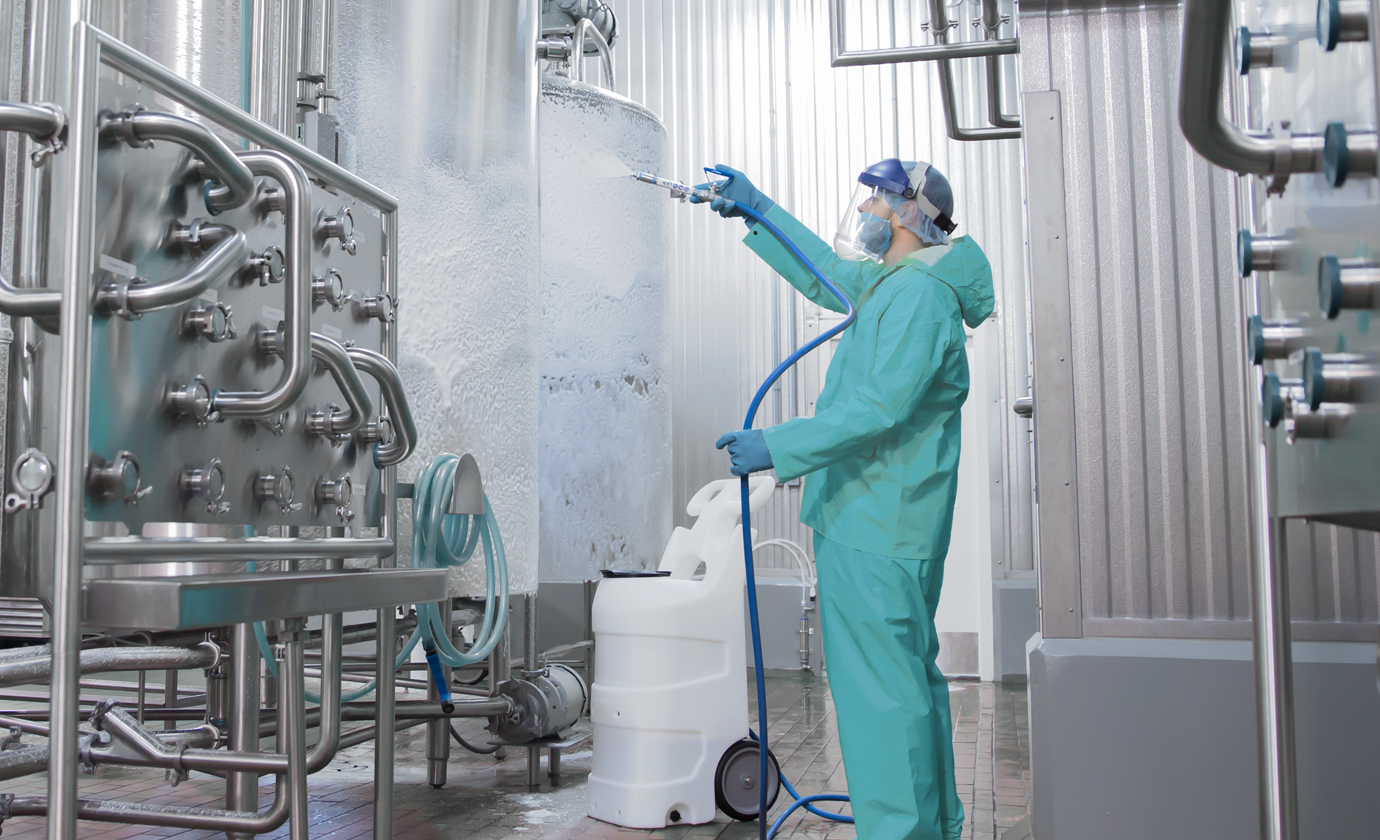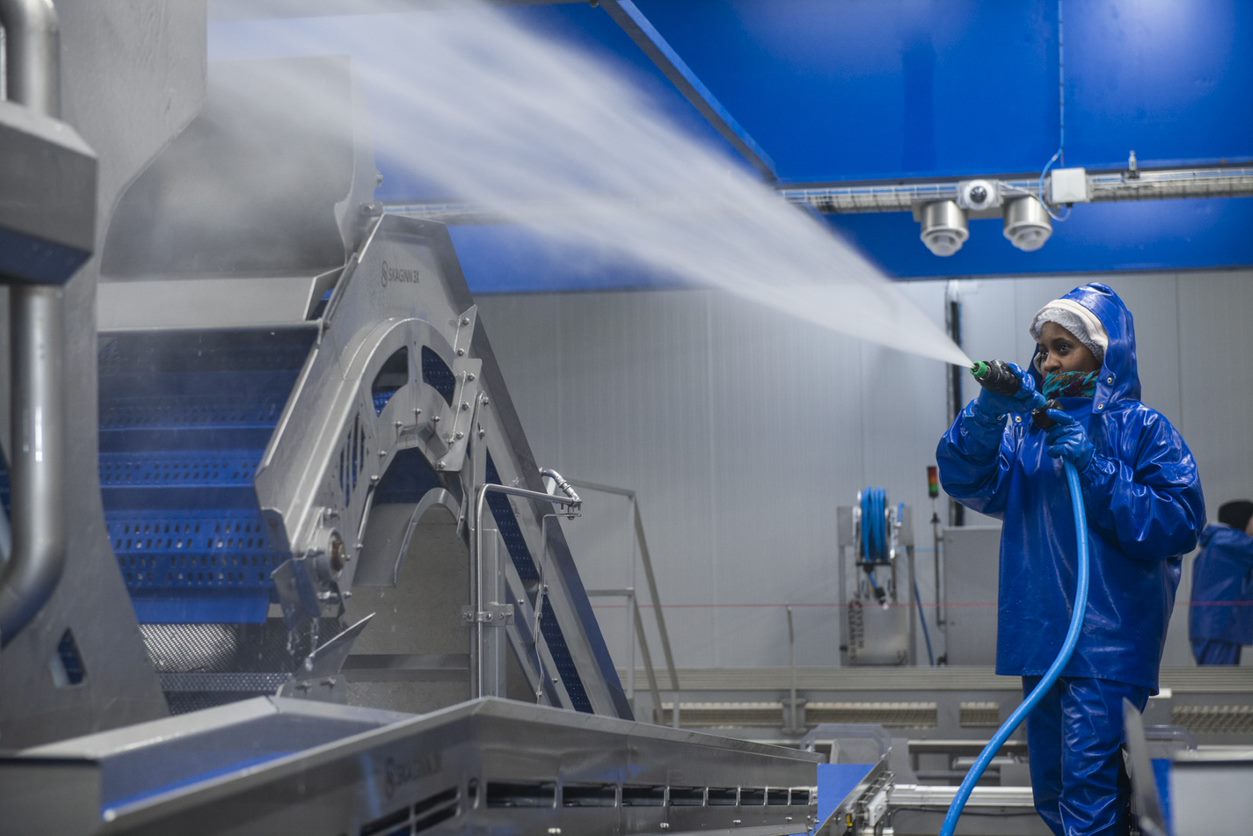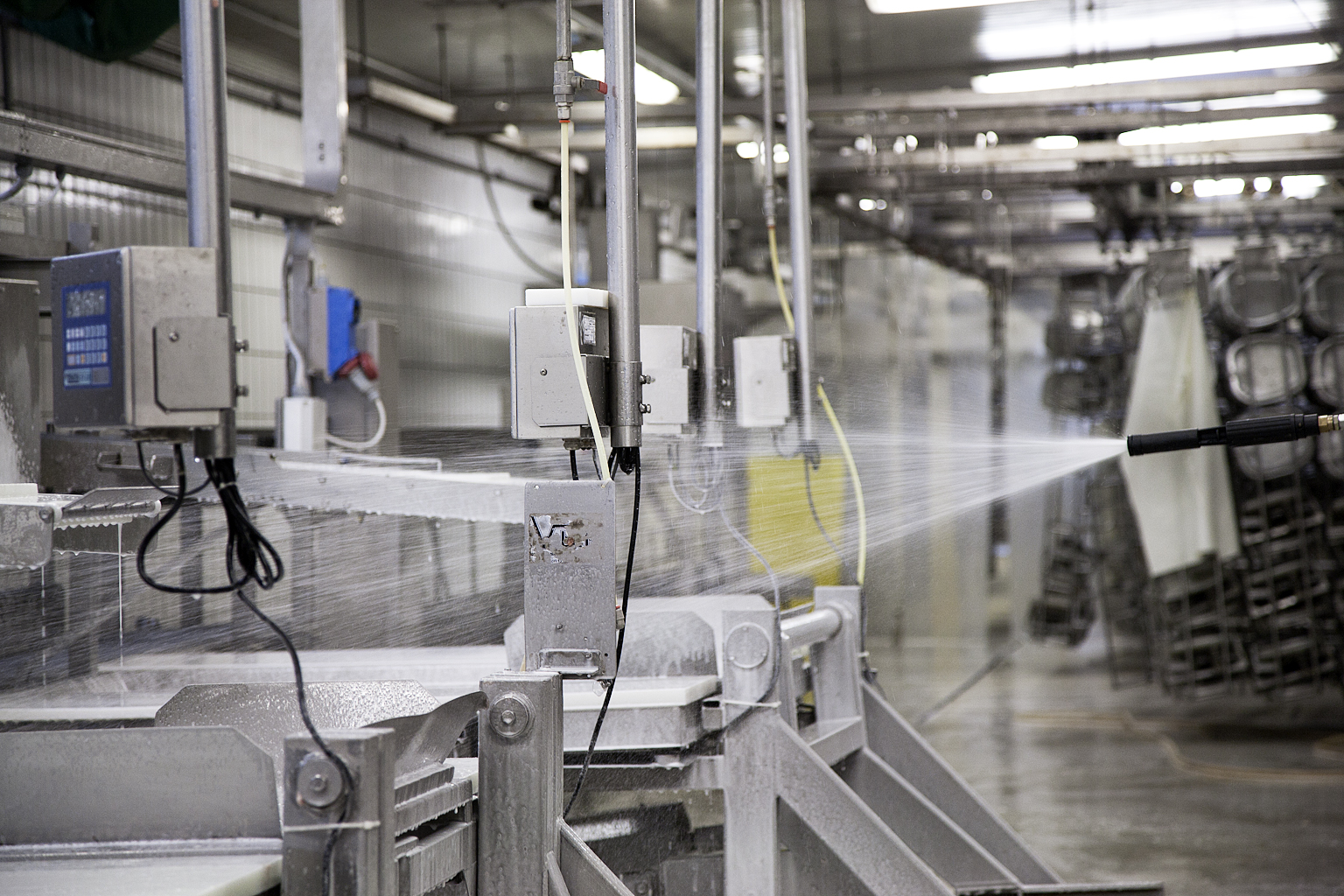The main types of SPM
The number of mesophilic aerobic and facultative anaerobic microorganisms (KMAFAnM):
This is a group of bacteria that includes microorganisms capable of growing at moderate temperatures (20-45°C) and in the presence of oxygen (aerobic) or without oxygen (facultatively anaerobic).
High levels of CMAFAnM indicate a general microbial contamination of the product, which may indicate insufficient processing or poor sanitary conditions in production.
Bacteria of the E. coli group (BGCP):
They include Escherichia coli (E. coli), which is an indicator of fecal contamination.
The presence of HCG in food indicates the possible presence of pathogenic microorganisms such as Salmonella and enteropathogenic strains of E. coli.
